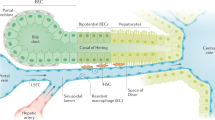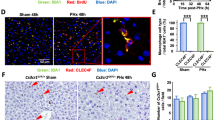Abstract
Background: Evidence tends to support a relative preservation of the systemic immune response with laparoscopy as compared with laparotomy. However, the role of hepatic macrophages, or Kupffer cells, in modulating this immune advantage is unknown. This study investigated the functions of Kupffer cells after either laparoscopy or laparotomy in a rat model.
Methods: Rats underwent laparoscopy, laparotomy, or control operations. Kupffer cells were harvested, cultured, and stimulated with lipopolysaccharide. Culture supernatants were analyzed for tumor necrosis factor (TNF-α) and interleukin-6 (IL-6). Cytoplasmic lysates were analyzed for activation of two mitogen-activated protein kinases (MAPKs).
Results: Production of TNF-α and IL-6 was similar in laparoscopy, laparotomy, and control groups. Both laparotomy and laparoscopy showed increased activation of p38 MAPK as compared with controls. Activation of ERK1/2 was decreased during laparotomy as compared with laparoscopy.
Conclusions: Although cytokine production was similar in the laparoscopy and laparotomy groups, changes in MAPK activation suggest that intracellular pathways are more affected during laparotomy than during laparoscopy.
Similar content being viewed by others
Author information
Authors and Affiliations
Additional information
Received: 1 April 1999/Accepted: 18 August 1999/Online publication: 26 July 2000
Rights and permissions
About this article
Cite this article
Vittimberga, F., Nolan, B., Perugini, R. et al. Laparoscopic surgery and Kupffer cell activation. Surg Endosc 14, 1171–1176 (2000). https://doi.org/10.1007/s004640010065
Published:
Issue Date:
DOI: https://doi.org/10.1007/s004640010065




